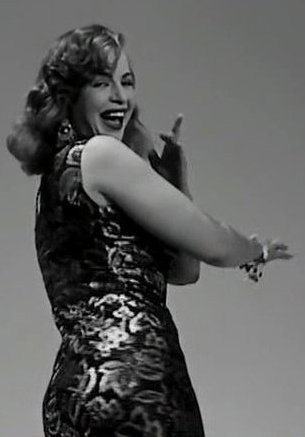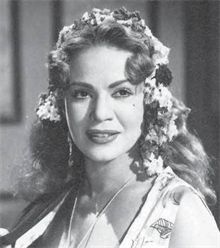Last week Bay Area Belly Dance Legend Sausan, owner of Al-Masri Egyptian Restaurant in San Francisco and Master Belly Dance Teacher, shared an article about the history of belly dance and I wanted to share it here as well for my students. This article is from January 2020 and is a nice historical sketch of our beautiful art form from its mysterious beginnings to its present day difficulties in Egypt.
The entire article is worth reading. It’s long but it’s short for the material it covers, if that makes sense. I will share a few important points here.
The article describes the roots of the dance as performance:
“Like many Egyptian authors on the issue, Bigad Salama, the author of a recent volume on the history of belly dancing, argues that it was in the 1920s in Egypt that belly dancing saw the beginning of an evolution that took it straight to its golden years in Cairo in the 1940s and 1950s.
Throughout the 18th and 19th centuries, Egypt, particularly Cairo, saw several types of belly-dancing performers. These were essentially the ghawzi and the awalem. There are distinctions that dance anthropologists often make between the two groups, with the second being seen as more upscale and professional in its movements.
Neither group had a particular choreography to adhere to or clear concepts of the movements involved. However, the second group, Salama argues, was more set to dancing to the rhythms of the music and could also sing. While the ghawzi danced in public, essentially in moulids (religious festivals), the awalem danced in private, often for segregated audiences.
At a time when Egypt was part of a wider empire that saw the emigration of many ethnic groups, the dancers were also never strictly Egyptian. They were also Armenian, Greek, Jewish, and southern and eastern European.”
The article describes the growth of the nightclub scene in Cairo starting in the 1920s and the dance’s place in the movies as well, and the ups and downs it takes to reach the modern era. I liked this quote about the vital importance of improvisation in belly dance by Pierre Haddad, a dance instructor in Raquia Hassan’s school:
“The learning process of a truly professional dancer is not about memorising a set of moves, but rather is about learning where the moves come from so that she can decide her moves according to the music,” [Haddad] says.”
Later, the article describes how Egyptian society starting becoming increasingly conservative and how this has negatively impacted the dance, both because there are fewer places to perform and because fewer Egyptian women want to become dancers, leaving the dance to foreign women who may not have the same cultural feeling or understanding. The article mentions Dina, who has brought the dance into the modern era and who is one of its most passionate advocates both within Egypt and worldwide.
If you understand French, this YouTube video report from France, which was shared on Samrah’s page last week, goes into even more detail about the difficulties faced by the dance today. It’s a nice compliment to the article. It shows the working life of a dancer in the Cairo cabarets and it also tells the story of a controversial university professor who was fired from her job when a video of her dancing was posted online.
I think the important thing for us as students to realize is that the dance holds a very complicated place culturally. It can be hard for us as foreigners to understand so we really have to make an effort if we love the dance. I will keep trying to share cultural information here as it is now hard to have these conversations in class since we are virtual.
On a happy note, let’s end with some classic Dina.
Classes continue online. The most current information is always on my Classes page. Thank you for visiting!









